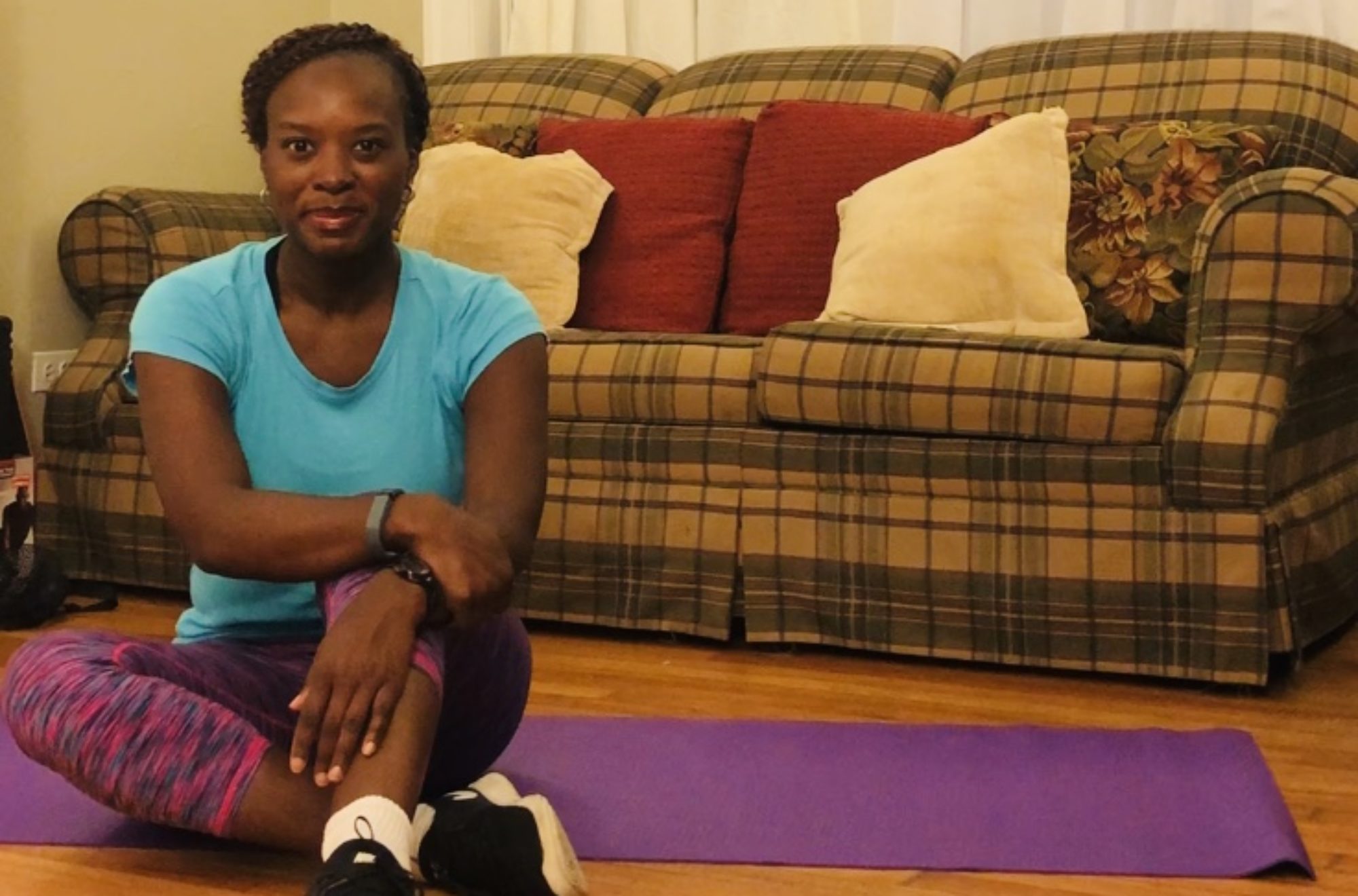
4 Undeniable Benefits of Tabata Training
If you’ve been checking in for the past few weeks you know that I’m a huge fan of both Body Weight Training and Tabata Training. I almost got a bit carried away last week and went into information overload. Then something occurred to me! I could continue that conversation by weighing in on the benefits of Tabata Training.
Although there are countless benefits of Tabata Training, I will only focus on four that simply cannot be denied.

Benefit #1: Improves Aerobic and the Anaerobic Energy Systems
Aerobic means “with oxygen”. The aerobic energy system requires blood or oxygen to operate. Aerobic exercises are typically continuous, repetitive movements that greatly benefit the heart.
Anaerobic means “without oxygen”. The anaerobic energy system doesn’t require blood or oxygen to operate. Anaerobic exercise typically includes intense physical activity, and usually can’t be done for a long period of time.
Tabata Training allows you to activate both systems simultaneously so that you improve both your endurance level as well as build muscle.
Benefit #2: Easy to Customize Workouts
One Tabata round is four minutes long. It consists of eight 20-second rounds that are each followed by a ten-second rest period. You can do one exercise for all 8-rounds. Or you could do four rounds of two different exercises. You could even opt for two rounds of four different exercises…it’s all up to you.
Tabata workouts are extremely easy to customize. If you know you’re only going to have to exercise for 20 seconds, that really opens up tons of possibilities. You can include exercises that you either don’t like or you can’t do for a long period of time.
Benefit #3: Experience “After Burn”
Like other forms of high-intensity interval training, Tabata Training works on the theory of EPOC (excess post oxygen consumption). In other words, once the workout is complete, your body still continues to burn calories.
Admittedly, it’s a bit more technical and scientific than that. However, to help put this in perspective, other forms of exercise don’t work that way.
When you’re done running, you stop burning calories. The same goes for swimming and other forms of cardio (aerobic) based exercise form.
Since Tabata Training activates both the anaerobic and aerobic systems, it allows the body to respond differently to exercise.

Benefit #4: Burn Tons of Calories
The average person burns about 100 calories per mile, so if someone were to run for 20 minutes, they could burn up to 200 calories, provided that they were able to run ten-minute miles. However, that same person could burn about 15 calories per minute when participating in a Tabata Training workout.
In other words, a twenty-minute Tabata Training workout could allow someone to burn 300 calories during that workout out. T
he key to burning more calories lies in the intensity of your workout, so be sure to give your all during the twenty-second exercise round, so you can burn the most calories possible.
Talk is Cheap
You’ll be able to find several Tabata style workout video on the Get Fit with Charity YouTube Channel. I want you to experience the benefits of Tabata training first hand.
I can’t wait to start working out with you!

Hopping on the Scale! Don’t forget to hop on the scale and see where you are this week. Remember: if you were able to maintain and not gain, that’s still a win!
Follow Get Fit with Charity on Facebook, Pinterest and Instagram!



